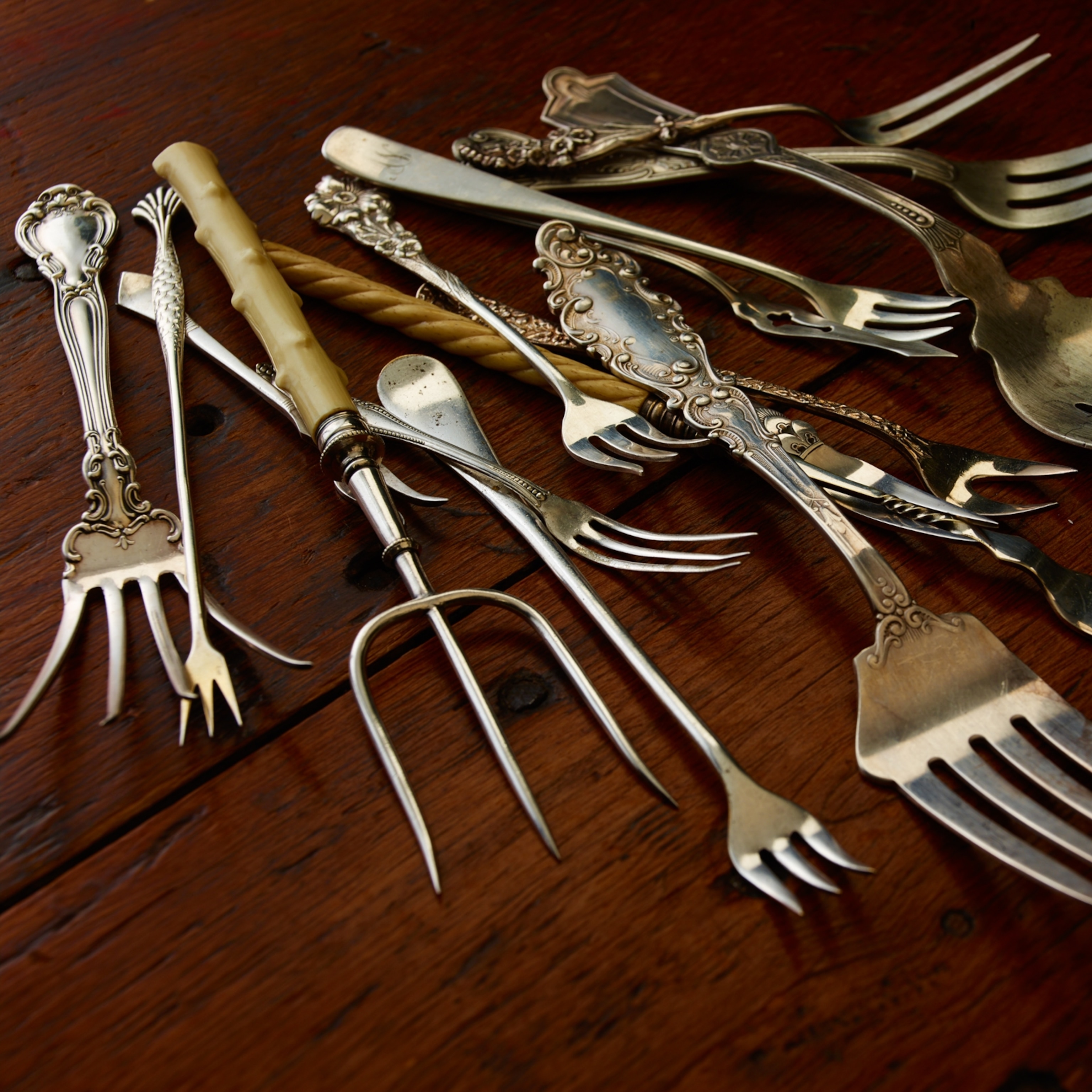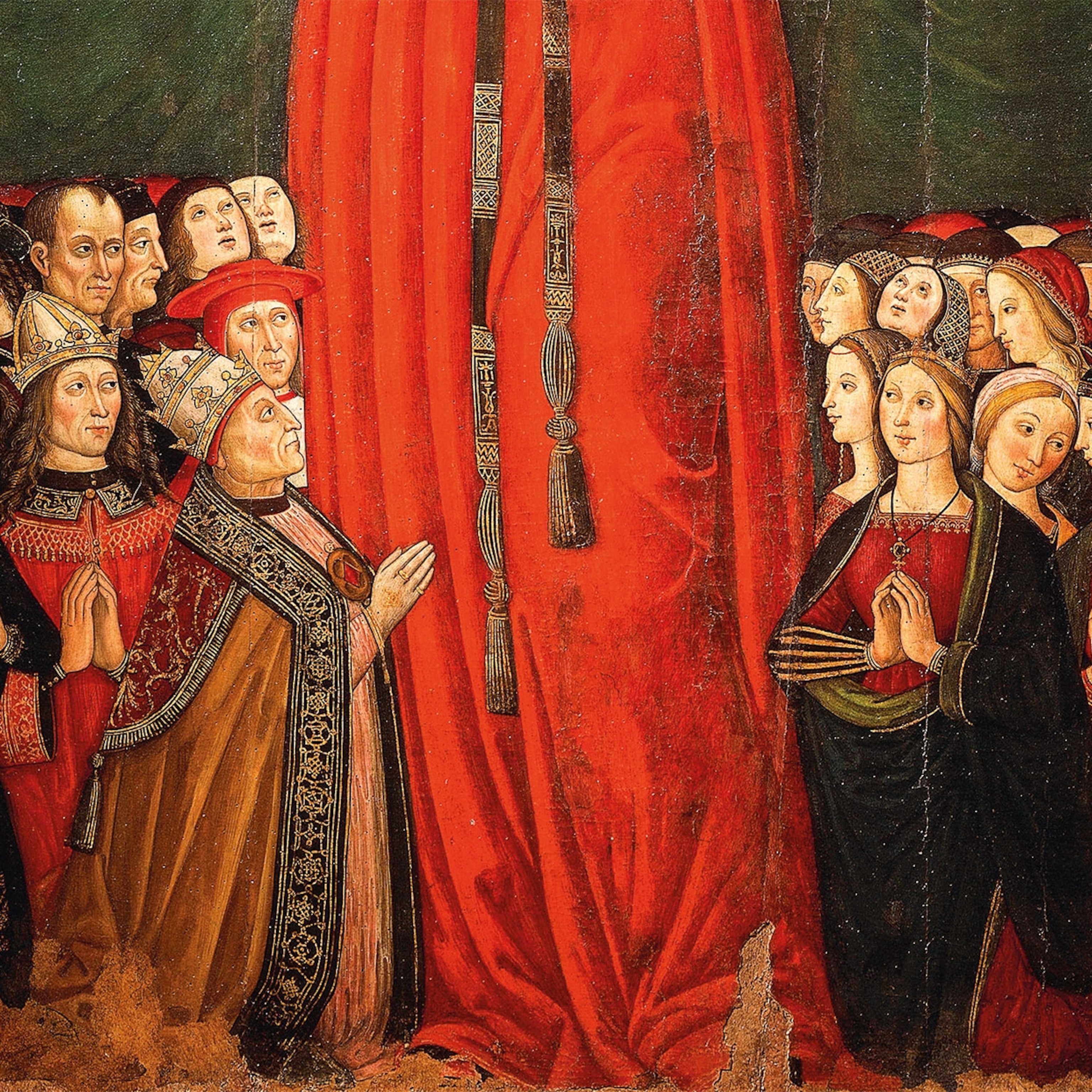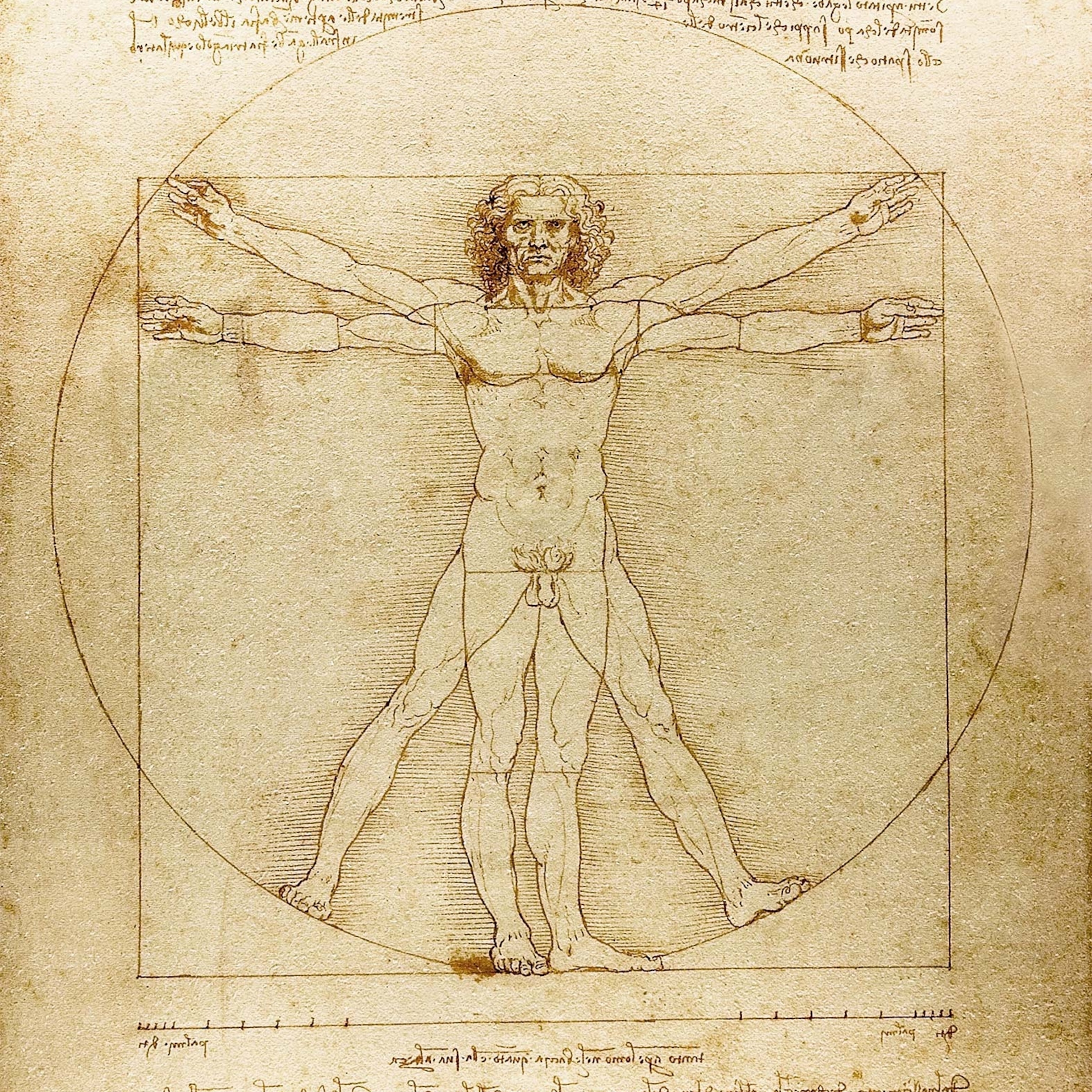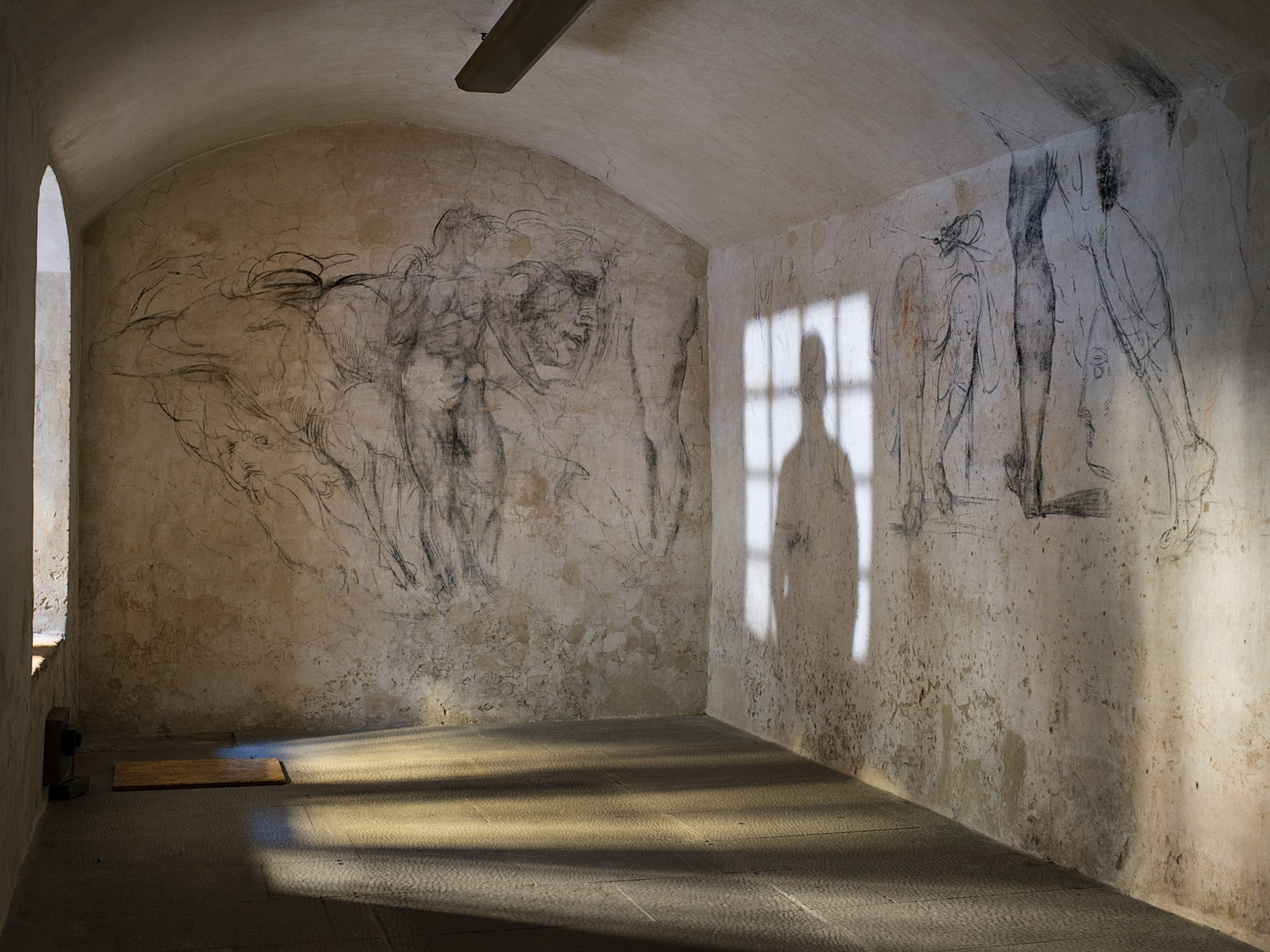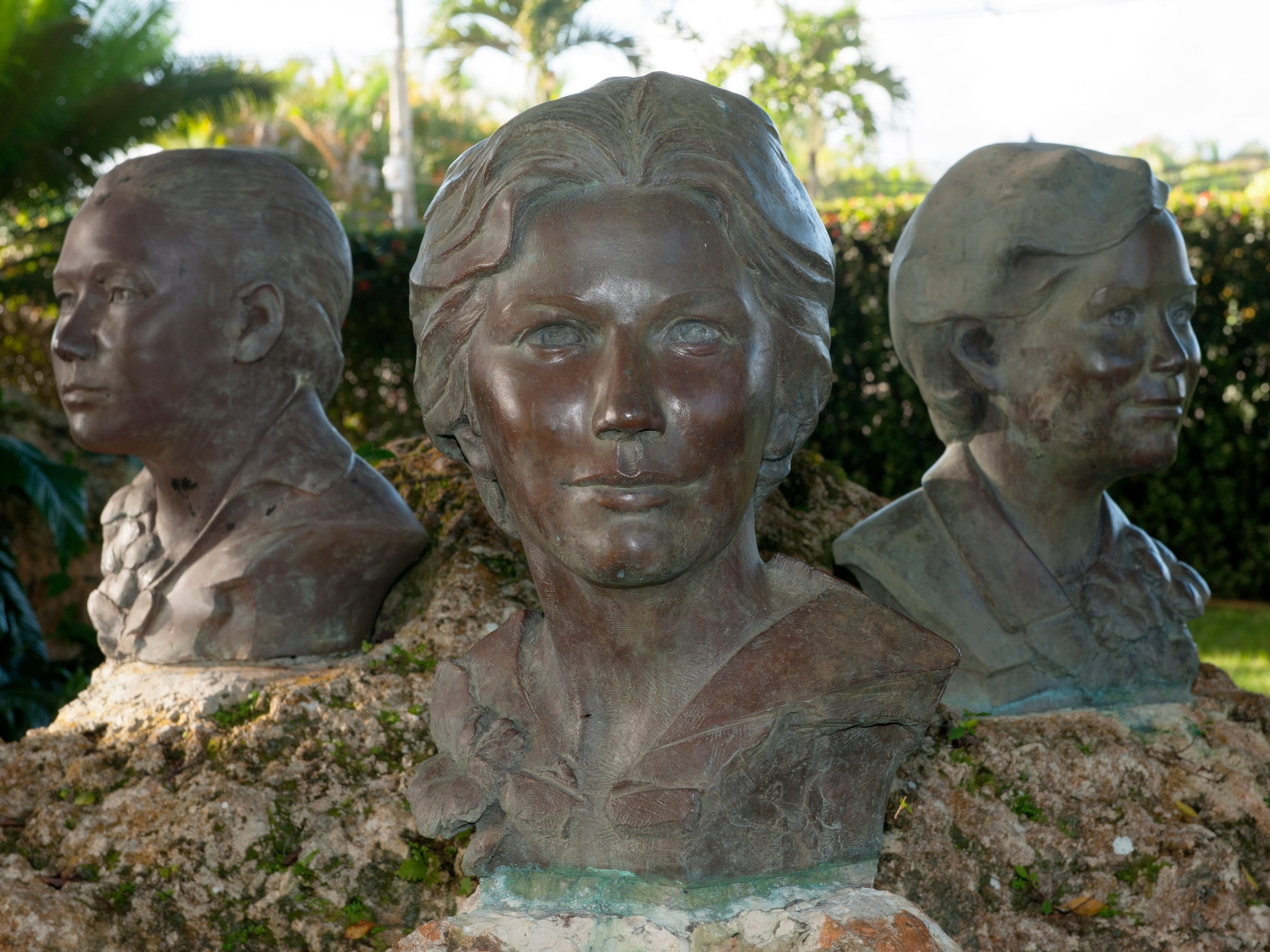'Faerie smut' is having a moment — just like it did in 1500
Stories like A Court of Thorns and Roses have been seducing audiences with tales of romance and magical danger for hundreds of years.

A young woman is swept from her home into a foreign, enchanted world. Her captor is no mere mortal, but a powerful and mystical fairy: “The beast plopped into the chair, the wood groaning, and, in a flash of white light, turned into a golden-haired man. I stifled a cry and pushed myself against the paneled wall beside the door, feeling for the molding of the threshold, trying to gauge the distance between me and escape. This beast was not a man, not a lesser faerie […] beautiful, lethal, and merciless.” And now, she’s trapped with him.
So begins the odyssey of Feyre, the protagonist of Sarah J. Maas’s bestselling A Court of Thorns and Roses (or ACOTAR for the uninitiated). A sprawling epic that currently spans five novels, ACOTAR follows the adventures of Feyre and her sisters who cross from their human homeland over the border into a magic-drenched Otherworld. The series has made Romantasy, a blending of romance and fantasy, a fixture on social media where readers gush about favorite characters and share elaborate fan theories. Fans wax enthusiastic about ACOTAR and similar novels that they lovingly refer to as “faerie smut,” using Maas’s consciously archaic spelling, propelling new discoveries to the bestseller charts.
But while Romantasy, with its entertaining mix of sex appeal and fantasy, is a uniquely modern phenomenon, it draws on centuries-old material with timeless appeal. Fairy world and their seductive dangers are as appealing to ACOTAR readers as they were to Renaissance audiences listening to ballads. Maas’s most notable source is The Ballad of Tam Lin, a Scottish ballad that dates to as early as the 16th century, a time and place where fairies and their world loomed large. She’s explicitly cited Tam Lin as inspiration, but perhaps her most obvious nod to the ballad is in one of her main characters, a love interest named Tamlin.
Like ACOTAR, Tam Lin is part of a body of tales about mortal dealings with fairies, not-quite-human doubles from an eerie magical Otherworld that closely borders our own—and the dire risks involved. Maas’s adaptation makes her part of a long genealogy of creatives for whom the ballad has proven irresistible. The ballad’s enduring appeal (and Romantasy’s, too) is that it flips the traditional narrative of heroism on its head: young women aren’t passive princesses awaiting rescue in these stories. Instead, they are brave, stubborn, a little reckless, and most of all determined to be the rescuers themselves. And in the end, they always get the man.

Celtic folklore's fascination with fairy lore
Tam Lin tells the tale of Janet, a young woman impregnated by Tam Lin, a man who’s being held captive by a powerful and dangerous Fairy Queen, who can wield magic as easily as breathing. Determined to rescue her true love, Janet braves the full, enchanted might of the Otherworld and, through sheer force of will, she succeeds in saving him from a dire fate.
Because Tam Lin was circulated via oral tradition, there isn’t a single authoritative version of the ballad, and variations appear in different iterations. Almost all of them begin with the same clear warning to young women about the man who gives the ballad its name:
I forbid you maidens a, that wear gowd or your hair, To come or gae by Carterhaugh, for young Tam Lin is there. There’s nane that gaes by Carterhaugh But they leave him a wad Either their rings or green mantles, Or else their maidenhead.
In other words: maidens should beware of Carterhaugh, because there’s a man there, and if they encounter him, they will give him something valuable—quite possibly their virginity.
The protagonist Janet, disregards that warning, belting her green kirtle above her knee, walking to Carterhaugh, picking a double rose, and summoning Tam Lin, whom she believes to be a fairy knight. She falls pregnant and returns to Carterhaugh to pluck a double rose again, which is usually interpreted as an attempt to end the pregnancy. Tam Lin appears and confronts her:
Why pu’s thou the rose, Janet, / Amang the groves sae green, And a’ to kill the bonie babe / That we gat us between.
He offers her an alternative, revealing that he’s a mortal knight, a captive of the Fairy Queen. If Janet is willing, she can free him on Halloween when the fairy folk ride over the countryside at midnight. If Janet pulls him off his horse and holds on while the fairies shift his shape several times before leaving him free and naked in her arms, he’ll escape his fate. Janet, of course, saves him — though the ballad ends on an ominous note, with an enraged fairy queen insisting that if she’d known what would happen, she would have turned Tam Lin’s heart to stone.
Fairies would have needed no introduction or lengthy explanation for a 16th century Scottish audience. These odd and alarming characters have been a source of fascination for centuries, for people all over Europe, back to at least the Middle Ages. They were stock characters in medieval romances, but fairies weren’t just characters in stories for literate learned elites; they were as real to everyday people as atoms or gamma radiation are to us, helping to explain enduring mysteries about life. Why did seemingly healthy babies suddenly fail to thrive? Why did new mothers sometimes struggle to get out of bed? Why did sickness sweep disastrously over cattle? Why were some people almost preternaturally gifted at music?
People told stories and sang songs and maintained customs to help answer those questions and protect themselves against life’s many misfortunes. Fairies are cited in 16th century Scottish witch trials, for example, and they appear over and over in stories collected in 19th and early 20th century Ireland. But these were not twee creatures with wings, but were often depicted as nefarious forces, snatching human babies and leaving behind changelings, wizened old fairies or enchanted sticks.
“I think it’s really important to bear in mind that before the 19th century, fairies gave rise to fear,” said folklorist Dr. Francis Young. “It’s something very, very sinister and threatening in premodern society.” In many cases it was taboo to even refer to them by name, which is why fairies are referred to indirectly, by names like “the gentry” or the “fair folk.” In Welsh they’re often called bendith y mamau, which translates to mother's blessings.
“In the Irish tradition, the Otherworld is not all sweetness and light,” explained Kelly Fitzgerald, Head of the School of Irish, Celtic Studies and Folklore at University College Dublin. “You do not mess with the Otherworld.”
Fairy lore makes clear that Janet is being reckless by getting mixed up with the fairies, but that’s part of what makes the story so compelling and why Tam Lin has endured for so long.
From the Renaissance to ACOTAR: Tam Lin's many interpretations
As with many stories that emerge out of oral tradition, it’s impossible to trace Tam Lin’s roots to its source. The first mention likely appears in the 16th century Complaynt of Scotland, a Scottish political text that includes a long tangent about the songs and stories shared between shepherds. The first full, published versions began appearing in print in the late 1700s, a moment of intense interest in “antiquarian” things, when educated gentlemen dedicated their ample leisure time to collecting curiosities and tales, gathering up endangered bits of history against the advance of modernity and theorizing about their origins and what that might say about the national character of the places that produced them. Strange songs about fairies fit the bill perfectly, including Tam Lin. There’s a version in David Herd’s The ancient and modern Scots songs, heroic ballads, etc, published in 1769; and another that appears in the Scots Musical Museum of 1771, commonly attributed to the poet Robert Burns. Tam Lin also appears in Minstrelsy of the Scottish Border, the 1802 collection that kickstarted the career of Sir Walter Scott, who claimed that his version is a blend of available printed versions and "several recitals from tradition.” Like Maas, these men took a liberal amount of artistic license with their source material.
The most important place the ballad appeared is the work of an American: Francis James Child’s multi-volume opus The English and Scottish Popular Ballads, published between 1882 and 1898. Child, an English professor at Harvard, set out to compile the most authentic traditional ballads, looking for what he believed to be true folk traditions. He combed thousands of options, and eventually chose 305, including ballad number 39: Tam Lin. Child’s work was influential, creating an authoritative Bible of folk ballads and making Tam Lin widely available.
The ballad was picked up by 20th century folk music revivalists, like singers Anne Briggs and Ewan MacColl, who produced stark, stripped-down versions. The British folk rock group Fairport Convention took it up-tempo and added electric guitars. The tale even made its way into the British movie genre of folk horror, in a lurid 1970 adaptation featuring Roddy McDowell, Ian McShane, and Ava Gardner as an aging, manipulative Faerie Queen.
Tam Lin’s most enduring interpretation, and the one ACOTAR draws from, is that of a woman who defies social convention and triumphs. That’s reflected in writers that took Tam Lin as inspiration in the second half of the 20th century, as women were reevaluating traditional stories on their own terms in the wake of the feminist movement. Janet gained a reputation as a rare woman character from traditional stories who has an absolutely blazing sense of her own agency.
Writer Susan Cooper turned it into a picture book, as did Jane Yolen, who made explicit what appealed to her about the tale: “I have always loved the Scottish border ballad Tam Lin, first mentioned in a ballad book of 1549. It’s one of the only ones (maybe THE only one) in which the woman does the rescuing.” Pamela Din moved the action to a fictional Midwestern liberal arts college for her 1991 novel Tam Lin. Dianne Wynne Jones blended Tam Lin with another ballad to create her 1984 novel Fire and Hemlock, about a young woman struggling against enchanted memory loss. These books play with the paths available to young women in this world, using the fairies and the forces of enchantment to place obstacles in those paths. None of them were bestsellers like ACOTAR, but they were influential forerunners of today’s flourishing Romantasy books.
Maas took her source material a step further, wildly expanding the scope. The original takes place on an intimate scale: Janet never goes any further than she can reach in a day’s ride, and her problem is the deeply personal struggle to legitimize her child. Maas instead sends her heroine into a vast faerie country, split into numerous territories run by fae lords. Her fictional universe is more complicated than the smaller world of the Scottish ballad, but Tam Lin’s Janet is undoubtedly the godmother of today’s sword-swinging, dragon-riding Romantasy heroines.
For modern readers and writers, her story offers an imaginative space that’s both an escape and a place of empowerment, a way to think about what’s worth fighting for despite great personal cost — and how to find the strength to do it. And of course, the heroine is guaranteed to get the magical heartthrob of her choice in the end, too.

